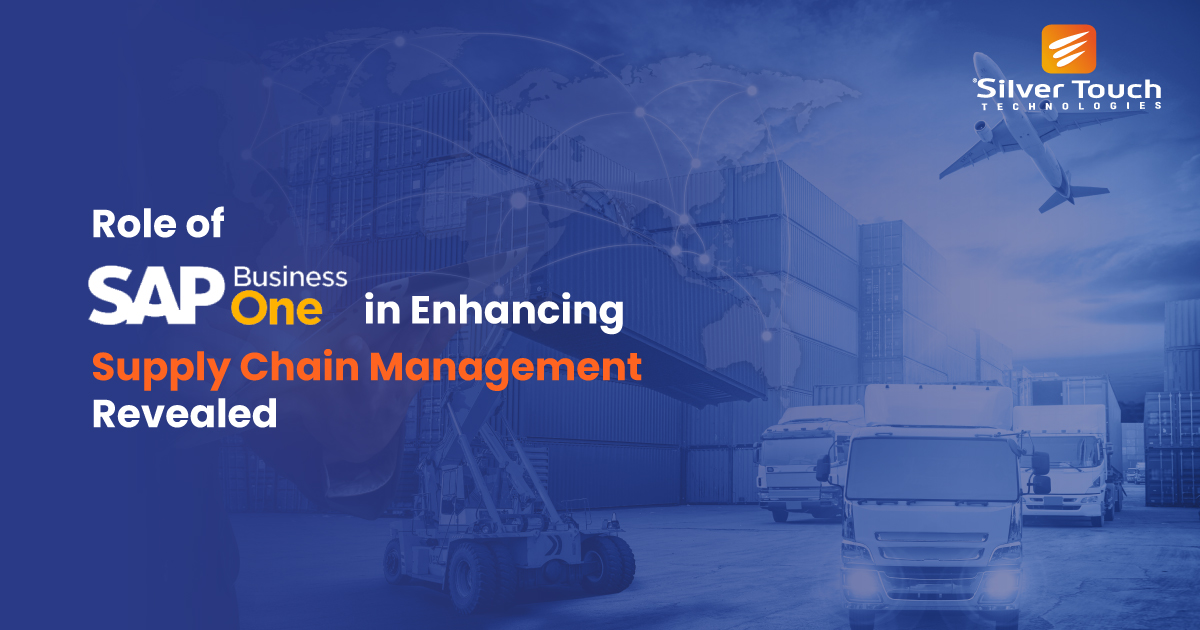The Top Advantages of Choosing Odoo ERP for Your Enterprise

Odoo ERP provides an all-in-one solution for managing business operations. It integrates various functions, including accounting, inventory, and sales, into a single platform. This unified approach reduces operational complexity and enhances productivity. User-Friendly Interface Odoo's intuitive interface simplifies navigation for users. Whether you are a beginner or a seasoned professional, the platform’s design ensures ease of use. It eliminates the need for extensive training, enabling teams to adapt quickly. Cost-Effective ERP Solution Compared to traditional ERP systems, Odoo offers an affordable pricing model. Businesses can select modules based on their requirements, ensuring they pay only for what they need. This flexibility makes it ideal for small and medium-sized enterprises. Highly Customizable Odoo ERP allows businesses to tailor the system to their unique needs. Its modular architecture enables easy customization without extensive coding. From workflows to dashboards...

.jpg)
